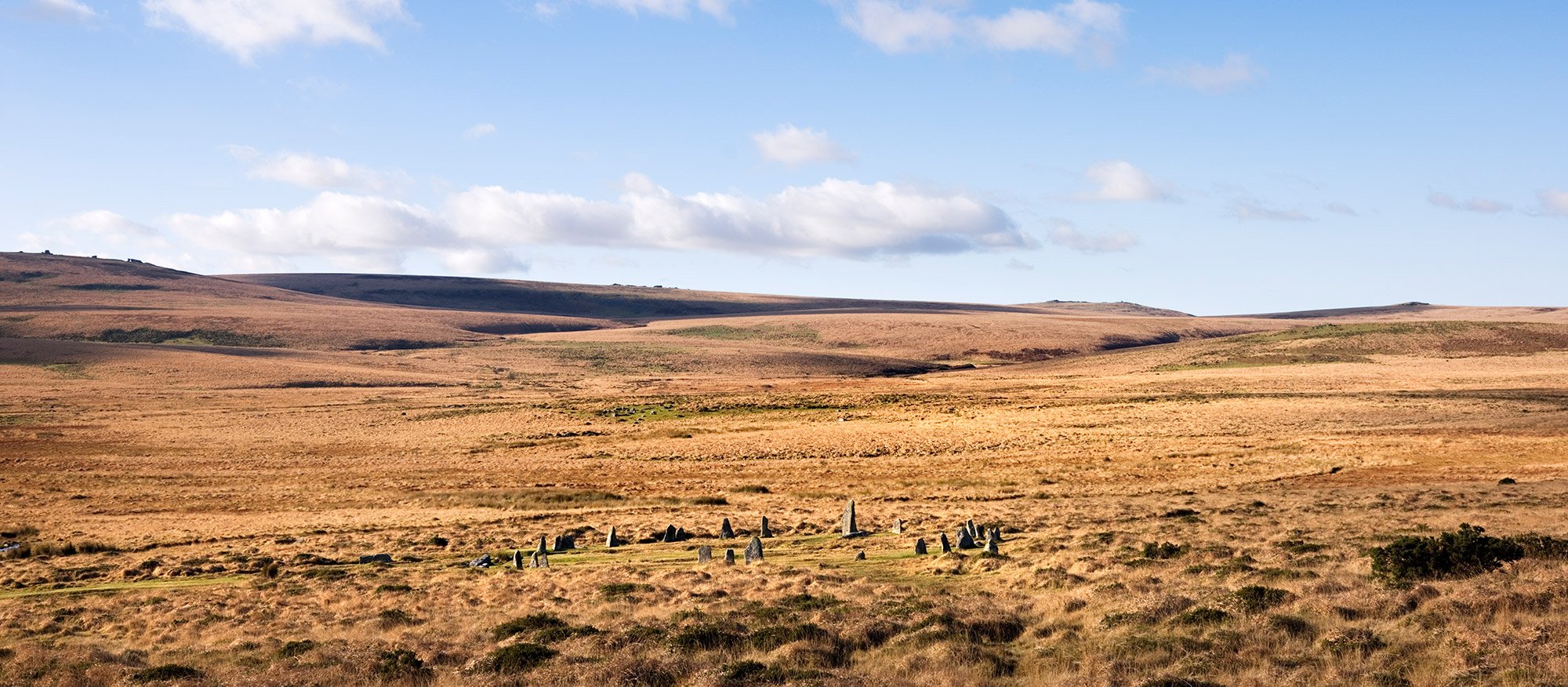What is Listing?
Listing is the term given to the practice of listing buildings, scheduling monuments, registering parks, gardens and battlefields, and protecting wreck sites.
Listing allows us to highlight what is significant about a building or site, and helps to make sure that any future changes to it do not result in the loss of its significance.











